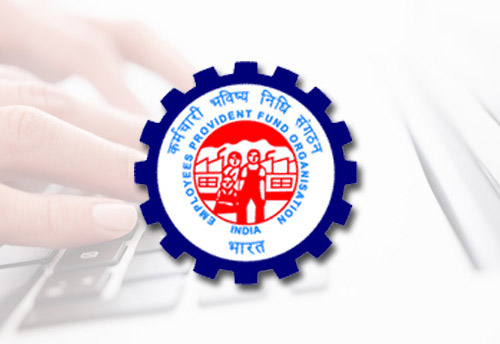7 Things to Know About EPF in 2021
1. UAN
Universal Account Number (UAN) is a 12 digit number which is provided to each member of the Employees’ Provided Fund Organisation (EPFO) through which he can manage his PF accounts. This number is issued by the Ministry of Employment and Labour under the Government of India. It helps the person to get all Provided Fund (PF) information in one place irrespective of the organization he works for. UAN, as a universal number, helps the member to assemble all his PF accounts associated with multiple IDs of different organizations at one place. With the help of UAN, the employee can easily withdraw and transfer funds.
2. EPF Withdrawal
EPFO has made provisions for its members to claim their money from PF accounts online. As per the new rules, EPFO has made it compulsory for all to file claims online when the withdrawal amount exceeds ₹ 10 Lakhs. Amounts less than ₹ 10 lakhs can be claimed both online as well as offline. In order to file claims online, the member has to first get his KYC documents (Aadhaar and PAN) digitally signed by the concerned authorities (in this case, UIDAI and Income Tax Department respectively). A member can apply for withdrawal by filling forms 31, 19 and 10C.
3. EPF Contribution
Both the employee and the employer contribute towards the EPF scheme equally. The employee pays 12% of the combined total of basic pay, dearness allowance and retaining allowance. Here, only a part of the employer’s contribution is sent to the EPF account whereas 8.33% of the employer’s contribution is directed towards the Employees’ Pension Scheme. This rate is applicable for establishments having more than 20 employees. In case the employee works in an organisation having less than 20 employees, the contribution for both parties is 10%.
4. EPF Auto Transfer
When an employee switches a job, the new organisation opens a new PF account for him. The employee has to then transfer the fund from his previous EPF account to a new one. Form 13 had to be filled for transferring the amount into the new PF account. However, EPFO has made provisions through which the member has to fill a composite form 11 for transferring the PF automatically into the new PF account.
5. EPF Interest Rate
The interest rate offered by EPFO to employees is currently 8.55%. The Ministry of Labour and Employment has reduced the interest rate for the current fiscal by 10 basis points. The Ministry of Labour and Employment analyses the scenario and decides the interest rate provided to members for the next financial year. The interest is calculated on the basis of monthly running balance of the employee.
6. Online Facilities
EPFO has eased the method of availing various services by EPF members. Users can simply login to their EPF account using their UAN and avail a number of services such as EPF withdrawal, fund/account transfer, KYC updating, balance enquiry, etc. The employee has to register on the EPF member portal first using his UAN and create a password. He can then login to his account to avail available online services. All online services are free of cost and the employee can access them 24 hours a day. However, it is mandatory to submit PAN and Aadhaar before applying for an online claim or withdrawal.
7. Employees’ Provident Fund Advances
The primary aim of EPF is to provide a substantial amount of money to the employee at the time of retirement. However, EPFO allows users to withdraw funds before retirement as well. Such amount withdrawn is known as EPF Advances. The fund can be withdrawn for following reasons – buying a new house, repaying your home loan, medical requirements, and marriage of children or their education. The amount of money that would be disbursed depends on some specific criteria such as number of years in service, etc. It is not necessary to repay the amount withdrawn. If you have seeded your Aadhaar and PAN already with your UAN, you can fill the form online at the EPF member portal and withdraw your amount without taking approval from your employer.

